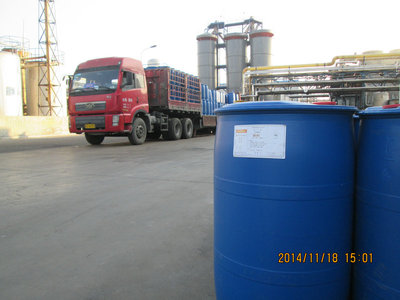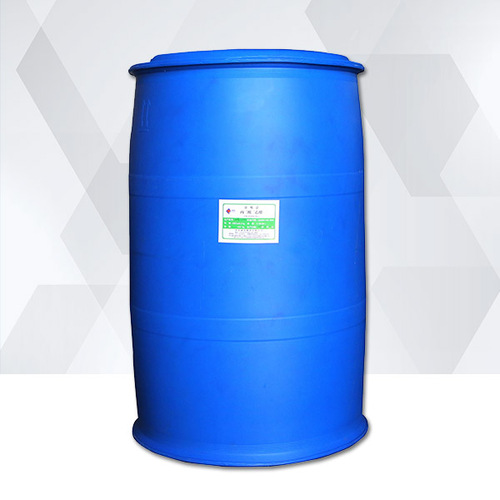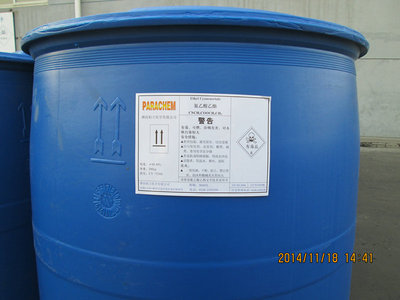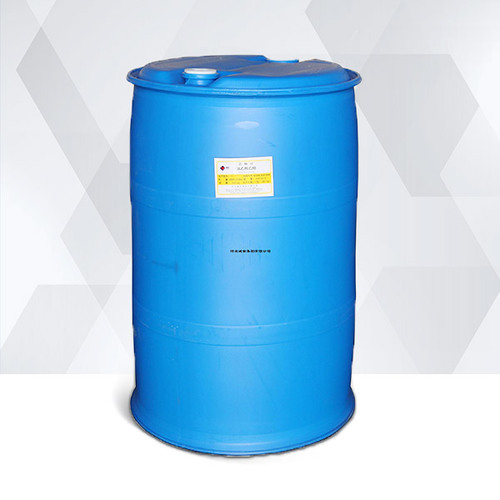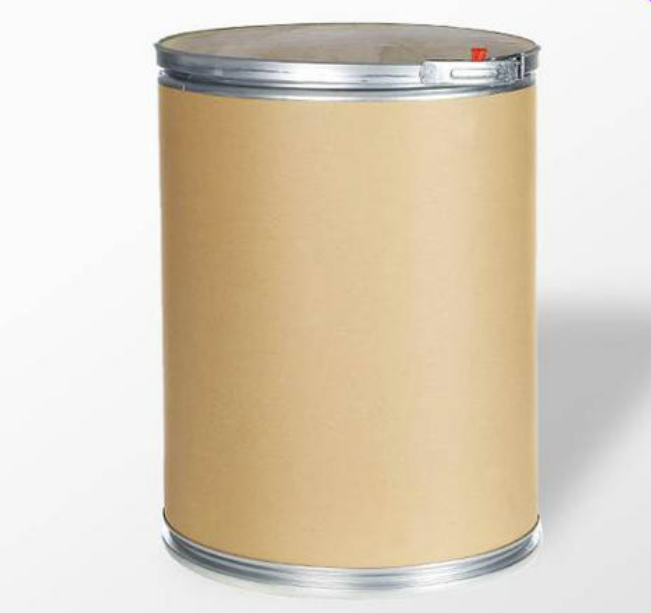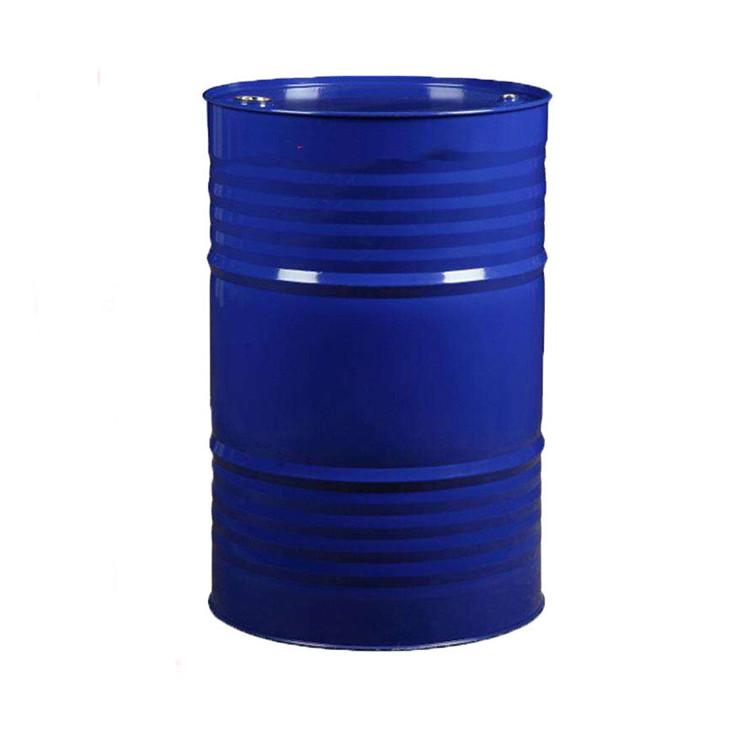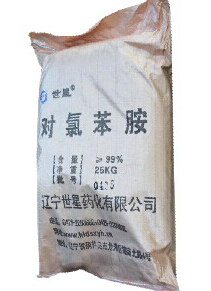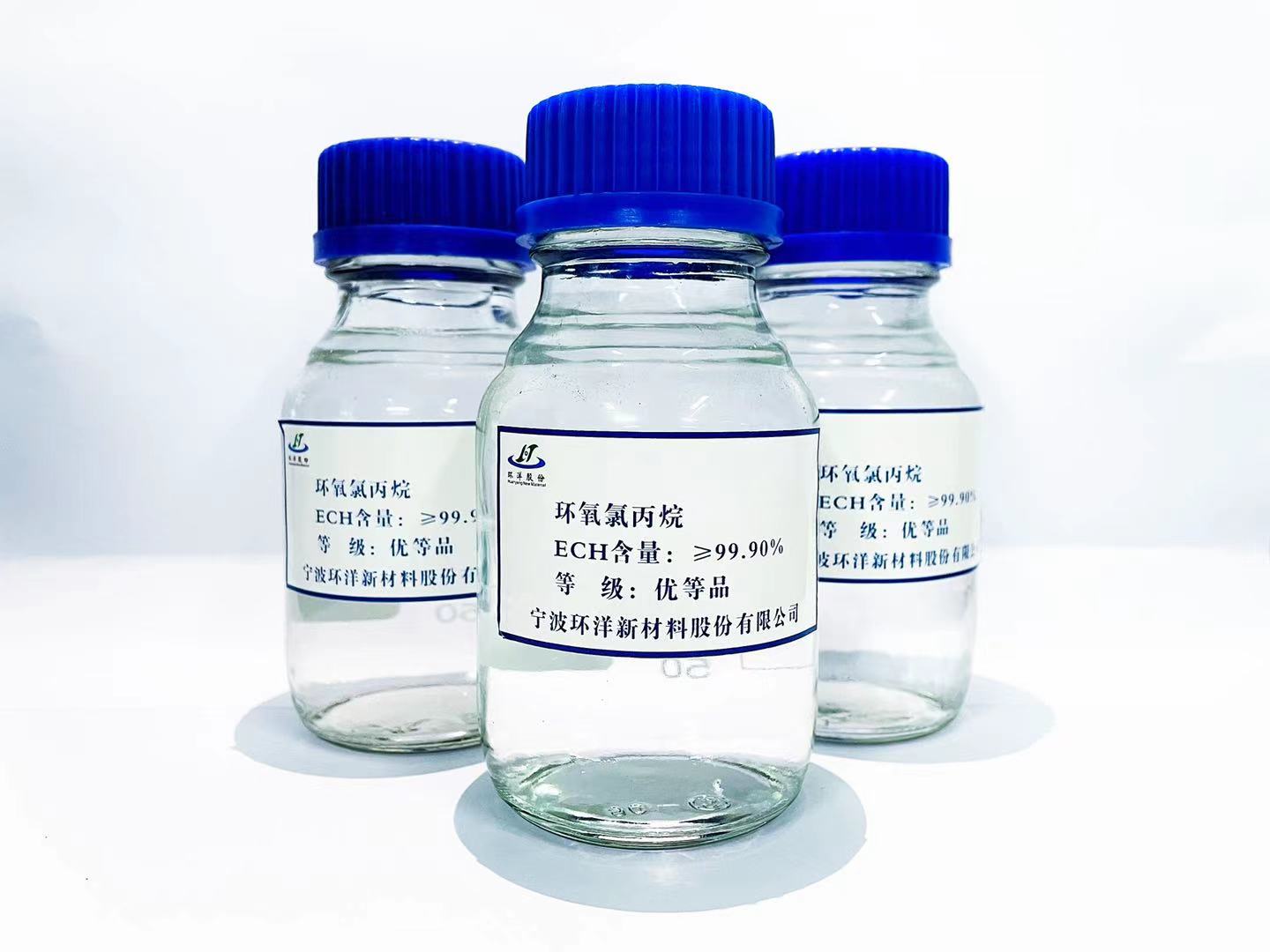CAS:105-53-3
Molecular Formula:C7H12O4
Alias
More Information
Diethyl Propanedioate; Malonic Acid Diethyl Ester; Propanedioic Acid, Diethyl Ester; Ethyl Malonate; Diethyi Malonate; Diethyl Malonate,Malonic Acid Diethyl Ester; Malonic Ester
Brief Introduction
This product is an organic synthetic intermediate. It is used as an intermediate of pharmaceutical peripheral sulfonamides and barbiturates. It is also an intermediate of spices and dyes.
Suppliers
View More Vendors (3) >
CAS:105-56-6
Molecular Formula:C5H7NO2
Alias
More Information
Cyanoacetic Acid Ethyl Ester; Ethyl 2-Cyanoacetate; Acetic Acid, Cyano-, Ethyl Ester; 2-Cyano-Aceticacidethylester; Acetic acid,2-Cyano-, Ethyl Ester;Aceticacid,Cyano-,Ethylester; Cyanacetate Ethyle;Cyanacetateethyle;Ethylcyanacetate; Ethylcyanoacetat; Ethylester Kyseliny Kyanoctove; Acetic acid,2-Cyano-, Ethyl Ester; Aceticacid,Cyano-,Ethylester; Cyanacetate Ethyle; Cyanacetateethyle; Cyanessigester;Cyanoacetated’Ethyle; Cyanoacetic Ester
Brief Introduction
It is used as pharmaceutical intermediates, caffeine and vitamin B, oil soluble couplers for color films and raw materials for 502 adhesives.
Suppliers
View More Vendors (3) >
CAS:106-44-5
Molecular Formula:C7H8O
Alias
More Information
Phenol, 4-Methyl-; Kresol-Para; 4-Methylphenol; P-Kresol; Fema 2337; Paracresol; 4-Cresol; P-Toluol; 1Po; Phenol,-Methyl-; P-Methyiphenol; P-Methylhydroxybenzene; P-Oxytoluene; P-Tolyl Alcohol; para Cresol
Brief Introduction
P-cresol is a raw material for manufacturing antioxidant 2,6-di-tert-butyl-p-cresol and rubber antioxidant. It can be used as cresol formaldehyde resin and plasticizer in plastic industry, disinfectant in medicine, pesticide raw material, intermediate of fungicide methyl-2,6-di-tert-butyl-p-cresol and insecticide Fenvalerate and etherthrin, and also an important basic raw material of dye clonidine sulfonic acid.
Suppliers
View More Vendors (3) >
CAS:106-47-8
Molecular Formula:C6H6ClN
Alias
More Information
P-Chloroaniline; 4-Chlorobenzenamine; Benzenamine, 4-Chloro-; Para-Chloroaniline; 1-Amino-4-Chlorobenzene; p-Aminochlorobenzene; 4-Chloro-1-Aminobenzene; Aniline, p-Chloro-; 4-Chloro-Phenylamine; 4-Chloranilin; Aniline, 4-Chloro-
Brief Introduction
P-chloroaniline (C6H6ClN) is one of chlorinated aromatic amines, also known as 4-chloroaniline or p-aminochlorobenzene, has strong smell and stability, and can be dissolved in hot water or most organic solvents, such as ether, ethanol, carbon disulfide, acetone, etc.
Suppliers
View More Vendors (3) >
CAS:106-89-8
Molecular Formula:C3H5ClO
Alias
More Information
1,2-Epoxy-3-Chloropropane; 1-Chloro-2,3-Epoxypropane; Epichlorhydrine; 2,3-Epoxypropyl Chloride; 2-(Chloromethyl)Oxirane; 3-Chloro-1,2-Epoxypropane; 3-Chloro-1,2-Propylene Oxide; 3-Chloropropene-1,2-Oxide; 3-Chloropropylene Oxide; 3-Chloropropyl Epoxide; Alpha-Epichlorohydrin; Allyl Chloride Oxide; Epichlorohydrin (ECH)
Brief Introduction
Epichlorohydrin is a volatile and flammable, clear, colorless, liquid, chlorinated cyclic ether with an irritating, chloroform-like odor that emits toxic fumes of hydrochloric acid and other chlorinated compounds when heated to decomposition. Epichlorohydrin is used in the manufacture of epoxy resins, synthetic glycerin and elastomers. Exposure to epichlorohydrin irritates the eyes, skin and respiratory tract, and can cause chemical pneumonitis, pulmonary edema, and renal lesions. This substance also affects the blood. Epichlorohydrin is reasonably anticipated to be a human carcinogen and may be associated with an increased risk of developing respiratory cancer.
Suppliers
View More Vendors (3) >
Inquiry (
10
/ 10
)
Clear All
Sign In
Error!

